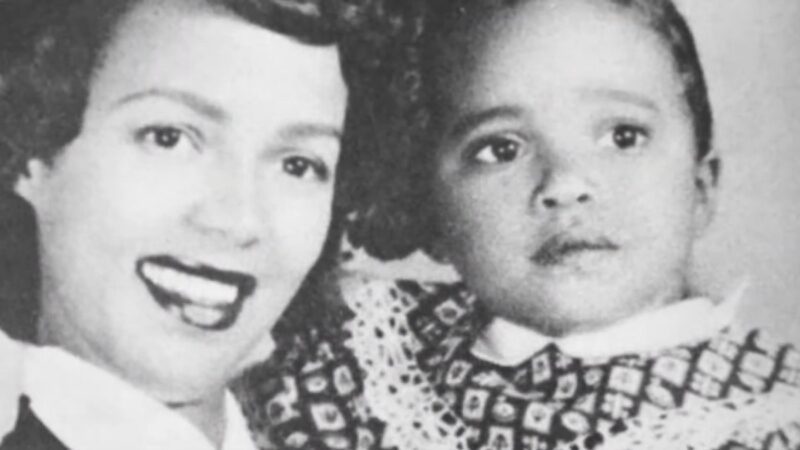
Share Post:
Few names in mid-20th-century Hollywood shine as brightly as Dorothy Dandridge and the Nicholas Brothers.
Yet behind the spotlight and applause was a story that rarely surfaced in the public eye: the life of Harolyn Suzanne “Lynn” Nicholas, the daughter of Dandridge and tap dancer Harold Nicholas.
Her life, shaped by a devastating birth injury and the limits of America’s care system at the time, became a quiet but powerful chapter in the history of one of Hollywood’s pioneering families.
Today, we trace Harolyn’s story in detail, piecing together what is known, what is probable, and what remains unverified. The article is also about the era itself, when medical privacy, stigma, and a fragile social safety net often left families struggling alone.
Key Points
- Harolyn Suzanne Nicholas was born in 1943 with severe brain damage from a difficult birth and required lifelong care.
- Dorothy Dandridge struggled financially to provide for her daughter and placed her in state care in 1963.
- Verified records confirm Harolyn was alive in 2000, but reports of her death in 2003 remain unverified.
- Her life highlights disability stigma, limited family support, and the financial toll on caregivers in mid-20th-century America.
The Birth of Harolyn Suzanne Nicholas

Harolyn Suzanne Nicholas was born on September 2, 1943. According to multiple reputable accounts, her birth was difficult from the start.
Dorothy Dandridge, already married to Harold Nicholas, went into labor while Harold was away playing golf with their only car.
Dorothy reportedly waited for his return before heading to the hospital. When she finally arrived, doctors used forceps during delivery.
She would later say she believed the delay and the complications deprived her daughter of oxygen, leaving her with permanent brain damage. For the rest of her life, Harolyn would require round-the-clock care.
Early Signs of Injury
By the time Harolyn was two years old, developmental red flags were clear. She did not speak and did not recognize Dorothy as her mother.
Biographers cite Dorothy’s own descriptions, noting her daughter’s profound developmental disability.
Yet Dorothy kept the truth largely private in the 1940s and 1950s, determined to protect her child from public scrutiny.
The Weight of Secrecy and Care
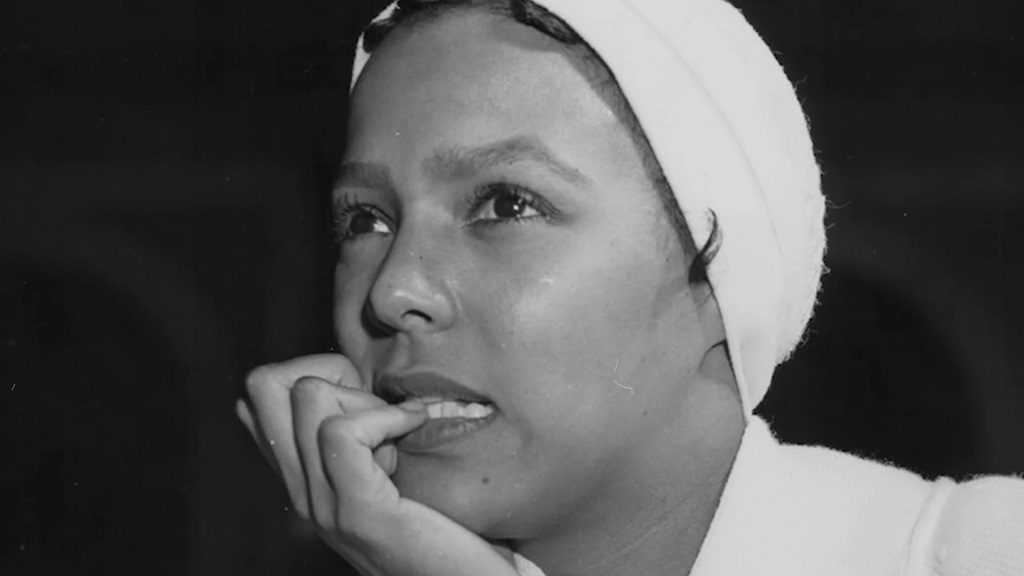
Throughout the 1950s, Dorothy quietly paid for full-time private nursing. It was a staggering financial responsibility, particularly in an industry where Black performers were often sidelined despite proven talent.
Dorothy’s career peaked with her 1954 Academy Award nomination for Carmen Jones, yet consistent leading roles remained rare.
Nightclub work and sporadic film appearances helped sustain her, but the costs of Harolyn’s care constantly overshadowed her earnings.
Public Acknowledgment in 1963
Dorothy broke her silence in July 1963 during an appearance on The Mike Douglas Show. For the first time, she spoke openly about her daughter’s condition, confirming what she had endured privately for nearly two decades.
By then, Dorothy was also facing financial collapse: lawsuits, tax problems, and an expensive second marriage had left her bankrupt.
Placement in State Care
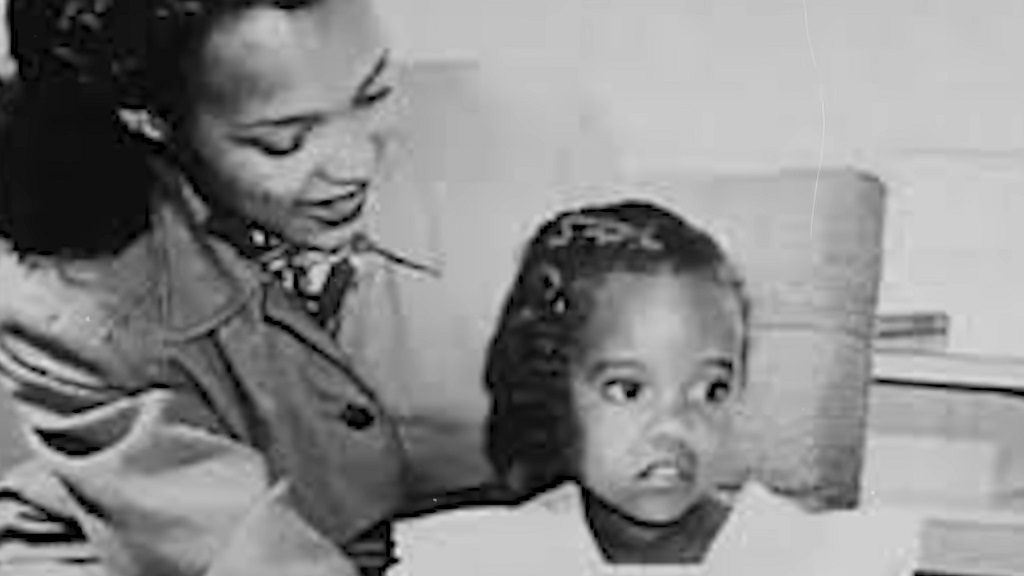
Unable to continue financing private care, Dorothy placed Harolyn in a California state institution in 1963. Some accounts name Camarillo State Hospital, a well-known facility at the time, though the most authoritative sources simply describe it as “a state mental institution.”
Medical privacy and incomplete records mean the exact facility cannot be confirmed. This decision, heartbreaking as it was, reflected the reality of the era. Families without immense wealth had few alternatives.
Why Institutionalization Was the Default
In 1963, the Community Mental Health Act was signed into law, laying the groundwork for future deinstitutionalization and the creation of community-based supports. Yet those reforms were in their infancy.
For most families facing severe disability in the early 1960s, institutional placement was the only sustainable option.
A peer-reviewed study later noted that the U.S. state hospital population fell by more than 90 percent between 1955 and the early 2000s. But in Dorothy’s time, that shift was still decades away.
Dorothy’s Final Years
Dorothy Dandridge died suddenly in September 1965 at age 42, reportedly from an overdose of antidepressants.
She did not outlive her daughter, whose care had defined so much of her life. By then, Harolyn remained in state custody. Dorothy’s death left her without her most devoted advocate.
What Became of Harolyn After 1965?
Information about Harolyn’s later years is scarce. High-authority press coverage is extremely limited, reflecting the private nature of her life.
The Guardian obituary for Harold Nicholas in July 2000 provides one of the most reliable datapoints. It stated that Harold was survived by “a daughter and a son,” confirming that Harolyn was still alive at that time.
The Unverified 2003 Claim
Many blogs and genealogy sites list 2003 as the year of her death. However, no verifiable public obituary or government record supports this.
Without a primary source, that date should be treated as unconfirmed. The last documented evidence is that she was alive in 2000.
The Broader Context of Care
Years after Harolyn’s institutional placement, California passed the Lanterman Developmental Disabilities Services Act, guaranteeing the right to community services for individuals with developmental disabilities.
This was a turning point in disability rights, but it came too late to change the trajectory of Harolyn’s early life.
Institutional History
If Harolyn was indeed placed at Camarillo State Hospital, her life intersected with one of California’s most studied institutions.
Opened in 1936 and closed in 1997, Camarillo housed thousands of patients with mental illness and developmental disabilities.
Its archives, now maintained by California State University Channel Islands, paint a vivid picture of mid-century institutional care.
Dorothy’s Career and Finances in Harolyn’s Shadow
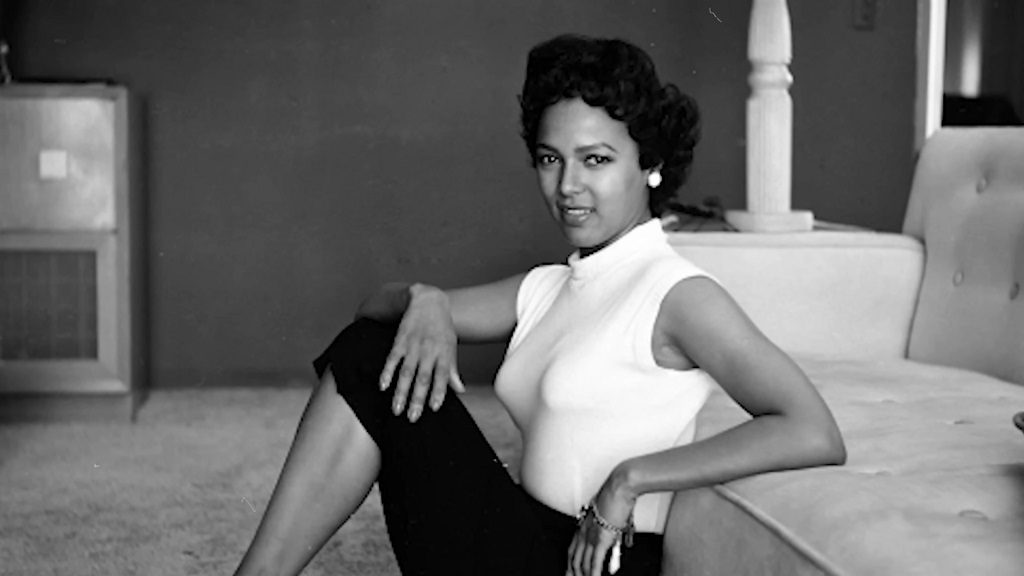
Dorothy’s career was shaped not only by Hollywood’s racism and typecasting but also by the constant financial demands of caregiving.
- Nightclub engagements in New York and Las Vegas were often her main income sources.
- Tax liens and lawsuits drained her finances in the 1960s.
- Second marriage to Jack Denison compounded her losses when the relationship ended badly.
Biographers consistently link her financial struggles to the costs of Harolyn’s care. By the time she placed her daughter in state care, it was less a matter of choice than survival.
Myths and Misreporting
A few details frequently repeated in online accounts deserve clarification:
- The golf outing at Harolyn’s birth: Several mainstream biographies and retrospectives cite Dorothy’s claim that Harold was golfing when labor began. While likely true, it remains a retrospective account.
- The hospital name: Many write-ups specify Camarillo State Hospital, but the most reliable sources avoid naming a facility outright.
- The 2003 death year: Widely circulated but unverified, lacking a reputable obituary or government confirmation.
Key Milestones at a Glance
| Year | Event |
| 1943 | Harolyn Suzanne Nicholas is born after a complicated labor and forceps delivery. |
| 1954 | Dorothy stars in Carmen Jones, earning an Oscar nomination. |
| 1963 | Dorothy publicly acknowledges Harolyn’s disability on The Mike Douglas Show. |
| 1963 | Financial collapse forces Dorothy to place Harolyn in state care. |
| 1965 | Dorothy dies at 42. |
| 2000 | The Guardian obituary for Harold Nicholas notes he is survived by “a daughter and a son.” |
Why Harolyn’s Story Still Matters
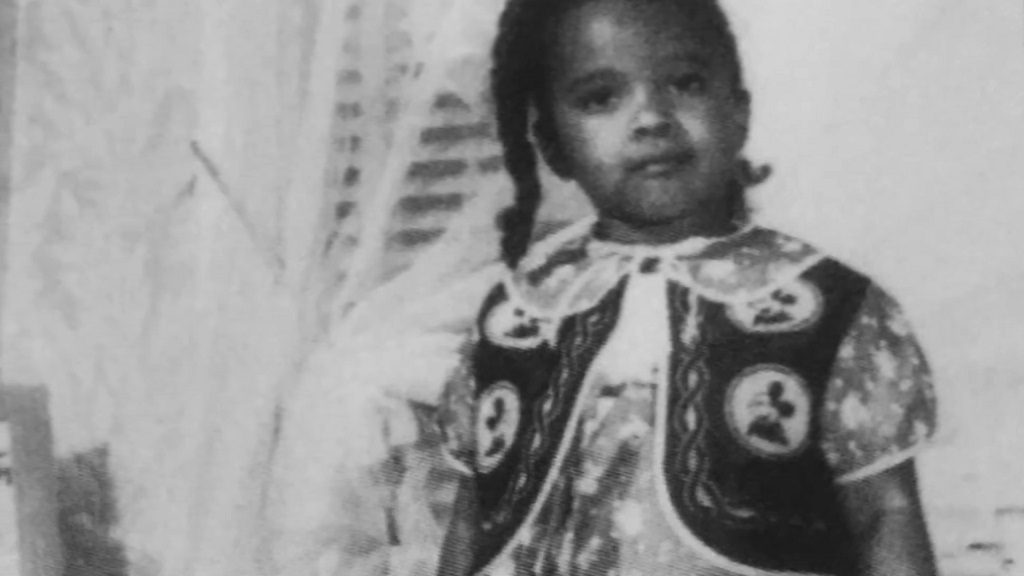
Harolyn Suzanne Nicholas lived far from the spotlight, but her life had a profound impact. She was the reason Dorothy Dandridge fought so hard to work, even in an industry stacked against her.
She was also a silent witness to a broken system of care that left families with few choices. Her story highlights:
- The stigma around disability in mid-20th century America.
- The financial vulnerability of families caring for children with lifelong needs.
- The limits of medical care and policy in an era before strong disability rights protections.
By retelling Harolyn’s life carefully, acknowledging both what is verified and what remains uncertain, we honor her humanity and avoid the myths that often cloud historical memory.
Closing Thoughts
Harolyn Suzanne Nicholas lived in the margins of Hollywood history, not because her story lacked importance but because it was private, painful, and shaped by forces beyond her control.
What we know paints a portrait of a child born into glamour but defined by tragedy, a mother who sacrificed everything for her, and a system that left little room for choice.
Even without a full public record, Harolyn’s life stands as a reminder that behind every Hollywood legend, there are untold stories of resilience, heartbreak, and quiet endurance.






